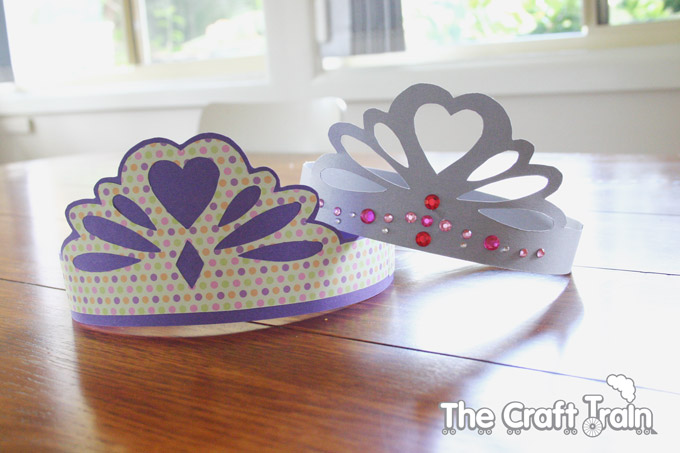Preschoolers love to decorate things! We have made these pretty tiaras for my daughters’ dress-up games. They love them even more because they made them themselves.
You will need:
• Heavy paper or card
• Glue
• Items to decorate eg: jewel stickers, normal stickers, pom poms & glue, textas, anything!
• Scissors, or a pen knife and cutting mat (obviously only adults should use the pen knife and cutting mat)
• Glue
• Items to decorate eg: jewel stickers, normal stickers, pom poms & glue, textas, anything!
• Scissors, or a pen knife and cutting mat (obviously only adults should use the pen knife and cutting mat)
How to:
1) Print or trace the tiara and jewel shapes onto paper & then cut them out
2) Cut out and glue the jewel shapes in the right places (where the dotted lines are)
3) Decorate it
4) Cut out the extra band length and staple to the tiara in the right places so it fits the child’s head. If it’s too short, cut extra length of the same width & staple on to fit.Variation: An adult can cut the jewel shapes out from the tiara itself with a cutting mat & knife to make holes .














